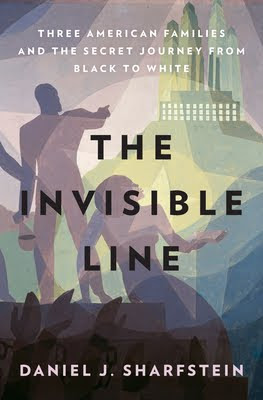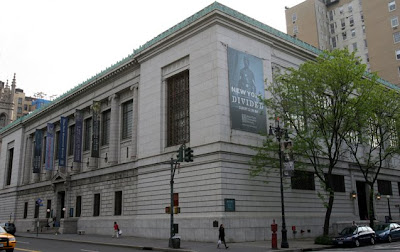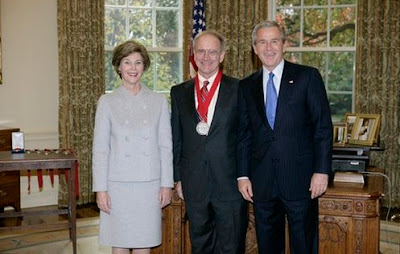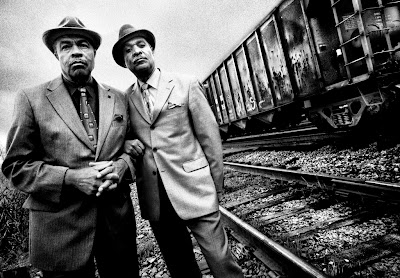 To celebrate its summer exhibition Beer Here: Brewing New York’s History, the New-York Historical Society will host a series of beer tastings that showcase the thriving brewing culture in New York City and State.
To celebrate its summer exhibition Beer Here: Brewing New York’s History, the New-York Historical Society will host a series of beer tastings that showcase the thriving brewing culture in New York City and State.
Beer Here will examine the social, economic, political, and technological history of the production and consumption of beer, ale, and porter in the city from the seventeenth century to the present day. The beer tasting program, run by Starr Restaurants catering group, will take place in the exhibition’s beer hall on most Saturday afternoons from May 26 through August 25, 2012.
The half-hour beer tastings, which will occur at 2 pm and 4 pm, will offer visitors the chance to hear directly from brewers and brewery founders about the history and process of making beer. In addition to tasting local artisanal creations, visitors also will experience first-hand the hops, whole leaf flowers and other ingredients used to make beer. Tickets for the tastings are $35 (Members $20) and may be purchased online. A six pack special discount (purchase by telephone or in person only) is offered to visitors who purchase tickets to six separate tastings for only $150 (Members $100). A complete tasting event schedule follows below.
In addition to the beer tastings, New-York Historical also will host Beer Appreciation Night on Tuesday, July 10 at 6:30 pm, featuring Beer Here curators Debra Schmidt Bach and Nina Nazionale- Garrett Oliver, brewmaster at Brooklyn Brewery- Steve Hindy, co-founder of Brooklyn Brewery- and Gabrielle Langholtz, editor of Edible Brooklyn and Edible Manhattan. A special tasting of Brooklyn Brewery beers will follow the program. Combined tickets for the program and beer tasting are $49 (Members $37), and program-only tickets are $24 (Members $12).
Beer Tastings Schedule & Participating Breweries
The Matt Brewing Company
Saturday, May 26, 2012: 2 pm & 4 pm, Saturday, August 4, 2012: 2 pm & 4 pm
The Matt Brewing Company has prospered at the foothills of the Adirondack Mountains in Central New York for over a century. Under the leadership of the third and fourth generations of the Matt Family, the Brewery has earned the reputation as one of the most respected specialty brewers in the country and continues its family tradition with the celebrated Saranac family of beers. The tasting will feature Saranac White IPA, bursting with Citra hops, and the refreshing fruitiness of orange peel & coriander and the softening characters of wheat malt and oats, and other special selected beer.
Kelso Beer Co.
Saturday, June 2, 2012: 2 pm & 4 pm
Kelso Beer Co. was founded by Kelly Taylor, also a brewmaster at Heartland Brewery, and wife, Sonya Giacobbe, in 2006 to create fresh, flavorful, low-alcohol session beer. The tasting will feature Saison, a Belgian style ale- Recessionator, a big bold doppleback- India Pale Ale, a punchy, bright and unique beer- and Pilsner, a classic European pils, with a floral nose, slightly sweet with a dry finish.
Keegan Ales
Saturday, June 9, 2012: 2 pm & 4 pm, Saturday, August 18, 2012: 2 pm & 4 pm
Keegan Ales was founded in early 2003 when Tommy Keegan learned about an empty building in Kingston that nobody would buy because there was a defunct brewery stuck in it! The Keegan Ales tasting will feature Mother’s Milk, a dark and creamy milk stout with hints of oatmeal, chocolate and milk- Hurricane Kitty, a coppery and heavily hopped India Pale Ale- and Barley Wine.
Bronx Brewery
Saturday, June 16, 2012: 2 pm & 4 pm, Saturday, August 11, 2012: 2 pm & 4 pm
Bronx Brewery is a craft brewer and distributor based in the South Bronx. It was launched in 2011 by a small team with two things in common: a maniacal focus on creating high-quality beer and a passion for the Bronx. Bronx Brewery will serve its Bronx Pale Ale, a deep amber, American-style pale ale. A second, yet-to-be released, spring beer may be available as well.
Harlem Brewery
Saturday, June 23, 2012: 2 pm & 4 pm
The Harlem Brewing Company story starts about 86 years ago. Legend has it that during Prohibition a special beer was being made and this secret brew could be found in Speakeasies and after-hours spots all over Harlem. This tasting will feature Sugar Hill Golden Ale, a medium bodied golden ale known for its drinkability, with a subtle citrus accent and a finish of hops and malt flavor.
Blue Point Brewing Company
Saturday, June 30, 2012: 2 pm & 4 pm
Blue Point Brewing Company is Long Island’s only microbrewery. It was founded in 1998 by two long-time friends, Mark Burford and Pete Cotter. The brewery’s unique direct-fire brew kettle imparts a lightly toasted, complex taste to produce a line of ultra-premium microbrews.
Captain Lawrence Brewing Company
Saturday, July 7, 2012: 2 pm & 4 pm
Captain Lawrence Brewing Company was started by Scott Vacarro, an avid brewer from the young age of 17. The brewery opened in 2006, and is named after Captain Lawrence Drive, the street where Vacarro grew up. After much success, Vacarro recently expanded the brewery into a new location in Elmsford, NY with more brewing capacity and a large tasting room. The tasting will feature: Captain Kolisch, Liquid Gold, and Pale Ale.
Genesee Brewing Company
Saturday, July 14, 2012: 2 pm & 4 pm
Genesee Brewing Company, based in Rochester, New York, is one of the largest and oldest continually operating breweries in the United States. The Brewery makes the Genesee line of beers, including the original Genesee Cream Ale, Dundee Pilsner, the award winning Dundee Pale Bock, Dundee Stout, and Dundee India Pale Ale.
Heartland Brewery
Saturday, July 21, 2012: 2 pm & 4 pm
Heartland Brewery opened as New York’s first American style brewpub on Union Square in 1995 and has been igniting New Yorkers’ passion for craft beers ever since. Heartland has consistently brewed New York’s freshest craft beers, including Heartland’s classic six as well as a wide range of unique seasonal brews.
Ithaca Beer Company
Saturday, July 28, 2012: 2 pm & 4 pm
In December 1998, Dan Mitchell, founder of Ithaca Beer Company, created the first local brewery in Ithaca that exemplifies “The Spirit of the Finger Lakes.” Ithaca Beer Company was recently awarded two medals at the Great American Beer Festival in Colorado in 2008. The tasting will feature Nut Brown, with subtle hints of both chocolate and coffee- CascaZilla, a red ale- and Apricot Wheat Ale, an easy-drinking wheat beer.
Greenport Harbor Brewing Company
Saturday, August 25, 2012: 2 pm & 4 pm
Founders John Liegy and Rich Vandenburgh met in college and dreamed of opening a microbrewery. That dream became a reality when in in July of 2009, the Greenport Harbor Brewing Company was founded. Today, Greenport’s beer is served in over 200 places on Long Island and NYC.










